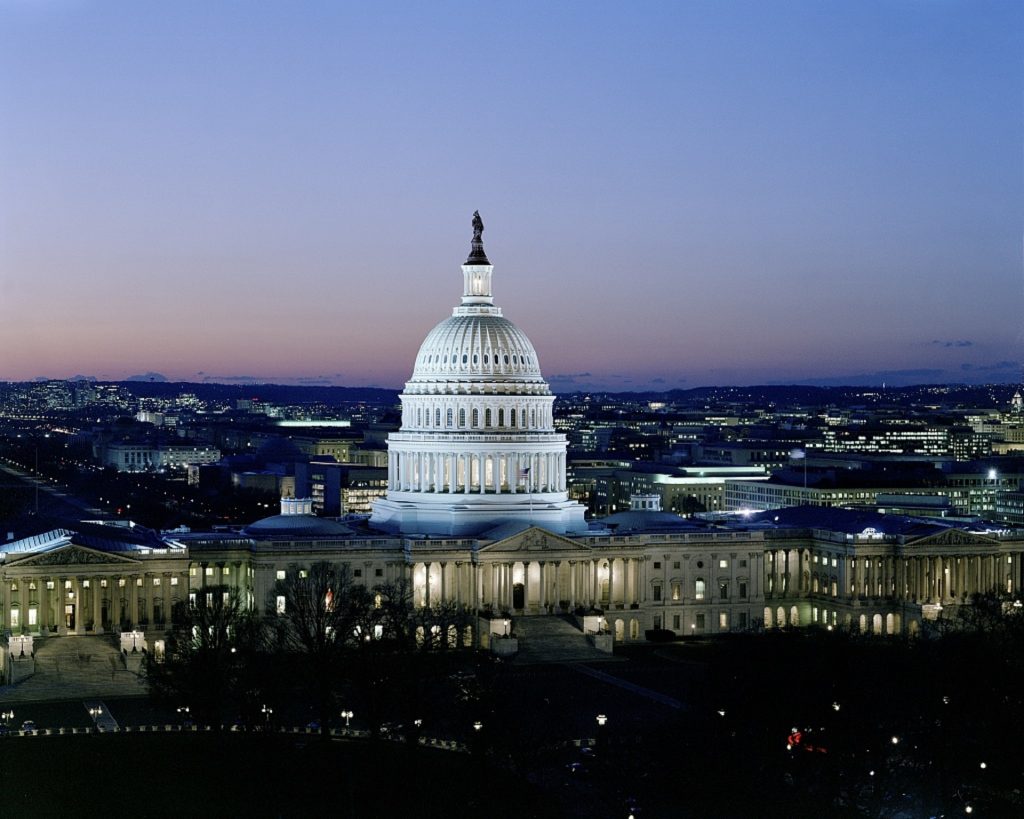
Throughout the COVID-19 pandemic, there has been an increasing amount of attention to the digital divide. Stay-at-home orders in states have forced residents online to learn, work, and safely access healthcare. But for those without access, venturing to the nearest parking lot Wi-Fi hotspot has been about the only option.
The Federal Communications Commission (FCC) strategy so far has been to call on private companies to pledge and waive data caps, late fees, and missed payments all while giving wireless companies access to unused spectrum. More than 700 companies have accepted the so-called “Keep Americans Connected Pledge”, but even with these commitments in place, some consumers have reported being cut off or charged exorbitant fees to remain connected.
These on-the-ground stories seem to be resonating within the halls of Congress. It now appears policymakers are very interested in policies aimed at getting all Americans connected to affordable broadband. A slew of new legislation has been introduced to address many aspects of the digital divide. The Senate Commerce Committee is planning a broadband hearing for May 13 to examine these issues. At Voqal, we believe America should use the COVID-19 pandemic as an inflection point for how to move forward on broadband policy.
New Broadband Access and Adoption Data
Let’s start with what we know – or at least what companies are telling the FCC – about broadband connectivity. In April, the FCC approved (via a partisan 3-2 vote) a new congressionally-mandated Broadband Deployment Report, which outlines the state of connectivity in the United States. This report claims that 94.4% of Americans have access to the internet with the FCC-defined broadband speed of 25/3 Mbps. The 5.6% of Americans without access make up about 18.32 million Americans. The report also shows that while 98.5% of Americans in urban areas have access, just 77.7% of Americans in rural areas do.
The Commission itself acknowledges that the data used for this report is “imperfect” because providers are required to explain which census blocks they serve. As has been documented many times, by serving a single household within a census block, a provider can claim they are serving the entire block. In remote rural areas, broadband is more expensive to deploy and census blocks tend to be much larger, leading to gross overestimation – up to a 38% discrepancy – of which households are actually served. The problem for these rural households is that new federal subsidy dollars cannot be awarded to already-served census blocks.
The most troubling data to many digital inclusion advocates is the broadband adoption rate. The new report shows that just 65.1% of Americans subscribe to broadband when it is available. That means there is a 29.3% gap between those who could subscribe (94.4%) and those who actually do. Not surprisingly, those experiencing the highest poverty rate have the lowest adoption rate.

A New National Broadband Plan
While there are a number of bills Voqal supports to help expand broadband access and affordability, one of the most intriguing ideas in recent days has been the introduction of legislation to develop a new National Broadband Plan. The original National Broadband Plan was approved more than a decade ago as part of the American Recovery and Reinvestment Act of 2009. New legislation from Senator Ed Markey of Massachusetts would require the FCC to develop an updated broadband plan for the next decade. This seems like a good logical next step – to lay out a long-term plan for what the country is trying to achieve with regards to connectivity and to propose potential solutions to the problem.
The lessons of the COVID-19 pandemic can help better inform this plan and make certain we all understand the objective of universal connectivity. Voqal will be taking a closer look at this and other legislation in the coming weeks. Stay tuned for more.